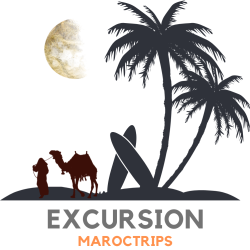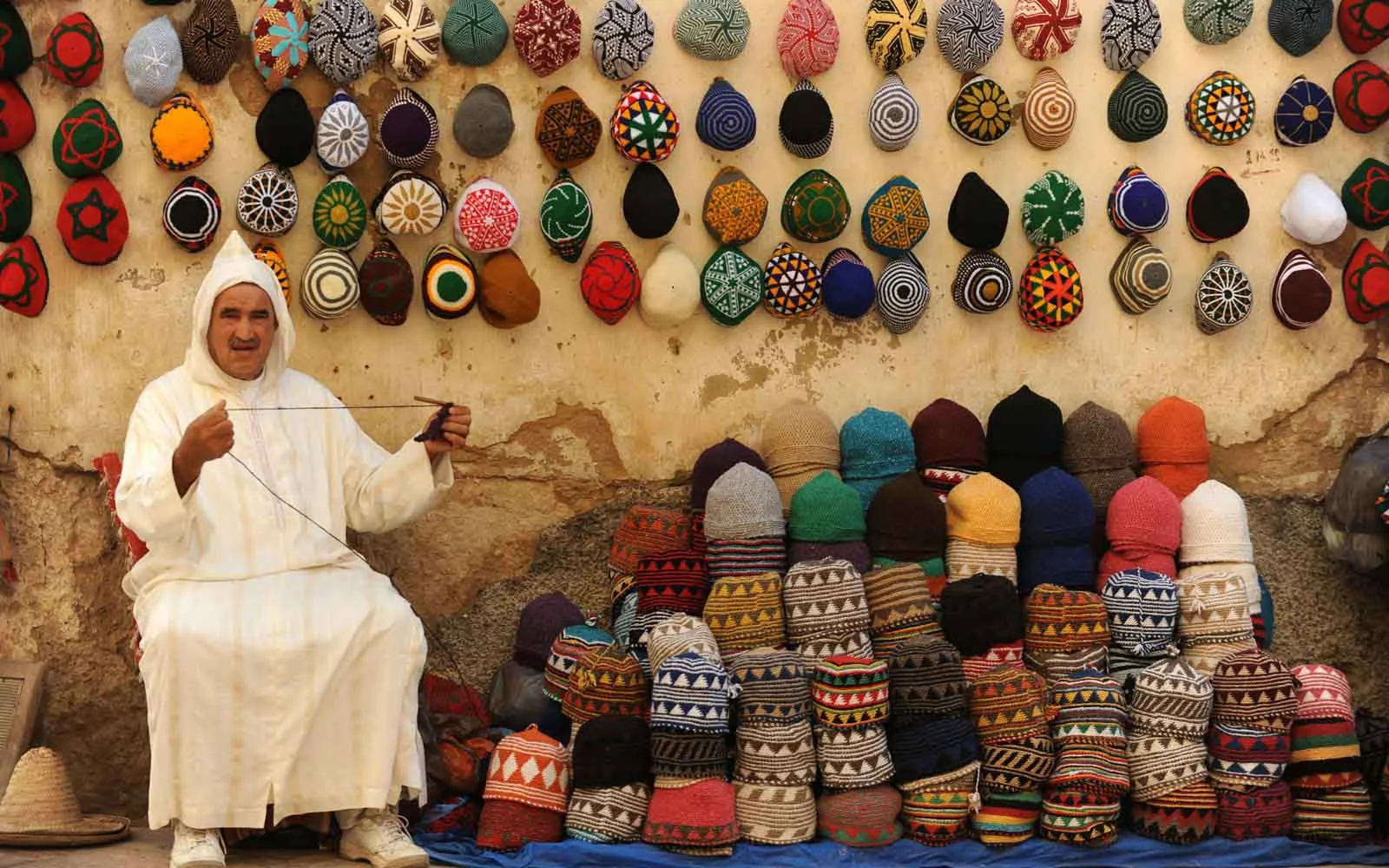Need Help?
FAQs
Moroccan Culture FAQs: Embrace the Traditions
What are the key elements of Moroccan culture?
- Hospitality: Moroccans are known for their warm welcome and generosity.
- Traditional Music and Dance: Influenced by Andalusian, Berber, and Gnawa traditions.
- Cuisine: Tagines, couscous, and mint tea are staples of Moroccan food culture.
- Art and Architecture: Intricate tilework, carved wood, and zellij mosaics reflect Morocco’s artistic heritage.
What should I know about Moroccan customs and etiquette?
- Greetings: Handshakes are common, but close friends may exchange cheek kisses.
- Dress Modestly: Especially in rural areas and religious sites.
- Respect for Religion: Most Moroccans are Muslim, so it’s important to respect Islamic customs (e.g., avoiding eating in public during Ramadan).
- Bartering: Haggling is part of the culture in souks and markets.
What is Moroccan cuisine like?
- Tagine: A slow-cooked stew with meat, vegetables, and spices.
- Couscous: Traditionally served on Fridays.
- Pastilla: A savory-sweet pastry filled with pigeon or chicken and almonds.
- Mint Tea: Known as “Moroccan whiskey,” it’s a symbol of hospitality.
What festivals and celebrations are important in Morocco?
- Eid al-Fitr and Eid al-Adha: Major Islamic holidays.
- Mawlid (Prophet’s Birthday): Celebrated with prayers and family gatherings.
- Gnawa Festival (Essaouira): A celebration of traditional music and culture.
- Rose Festival (Kalaat M’Gouna): Celebrating the rose harvest in May.

